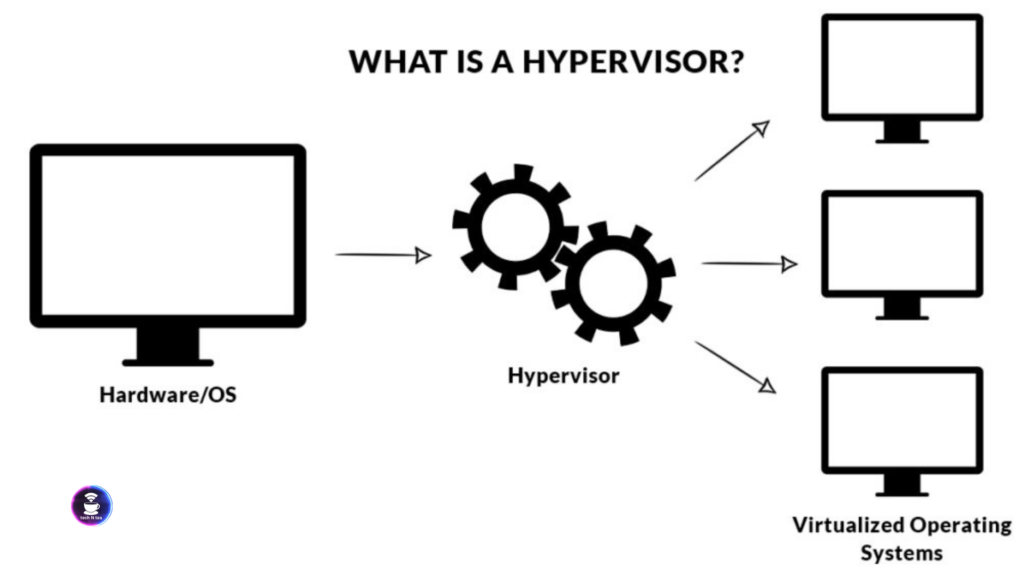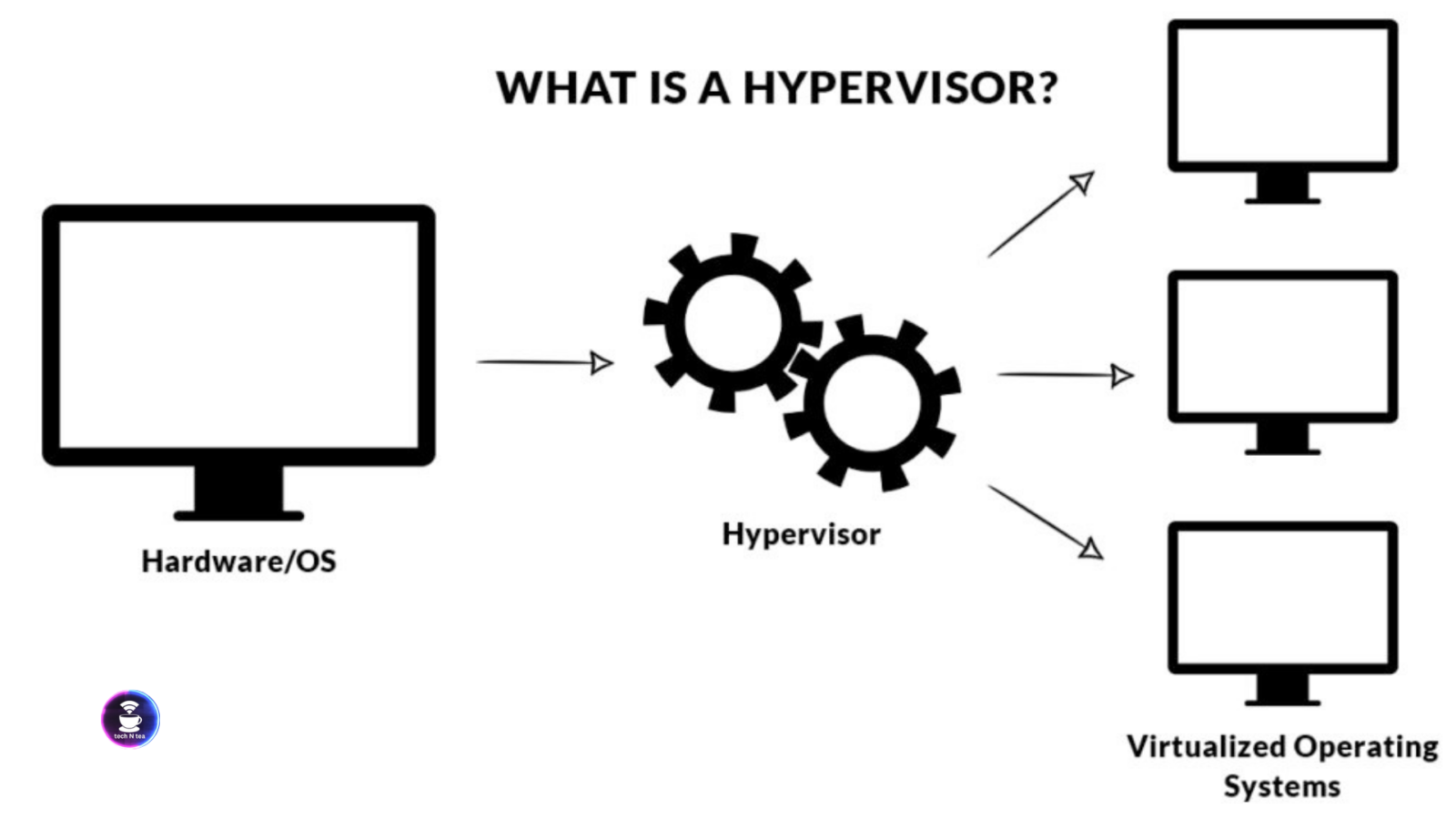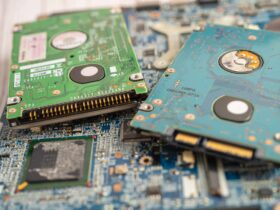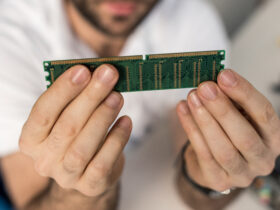The virtual machine (also called the virtual machine or VM) is an emulator of software that emulates the physical computer. It lets you operate different operating systems from one physically-based machine. Each operating system operates in its environment. Solution for the modern IT environments. Virtual computers are made with the hypervisor, an application layer that bridges hardware and operating systems, governing allocating resources on each machine.
How Does a Virtual Computer Work?

Virtual computers work using the physical resources of the host machine, including memory, CPU and storage, across numerous digital environments. Virtual environments function as separate computer systems, each with its individual operating system and software. The hypervisor controls the allocation of resources and ensures that each computer operates independently and without interference from other computers.
Benefits of Using a Virtual Computer
- Cost-effective virtual computers eliminate the requirement for different physically-based machines.
- Scalability: It is easy to create, edit, delete, or create virtual machines according to your requirements, allowing for flexible scaling.
- Isolation Every virtual computer is isolated from the rest, which improves security by reducing the risk of cross-contamination.
- Optimizing Resource Maximize the use of hardware resources through the use of several Virtual Machines on the same physical server.
- Backup and recovery Virtual computers are more convenient for backing up and restoring, which makes disaster recovery easier and more effective.
Applications of Virtual Computers
- Server Consolidation: The operation of several servers on one physical machine to optimize resource utilization.
- Software Testing Tests different operating systems or programs in separate environments without impacting the system in general.
- Development Environments Developers can build diverse environments to test and develop without needing more hardware.
- Cloud Computing Virtual computers form a fundamental element of cloud services, allowing scalable and flexible cloud-based solutions.
Conclusion
Virtual computers are an extremely powerful computing tool. They can provide flexibility, efficiency, and scalability. You can optimize the use of your hardware, increase security or speed up development processes. Virtual computers offer an array of options for modern IT environments.







that’s really helpfull…with a basic and simple explanation